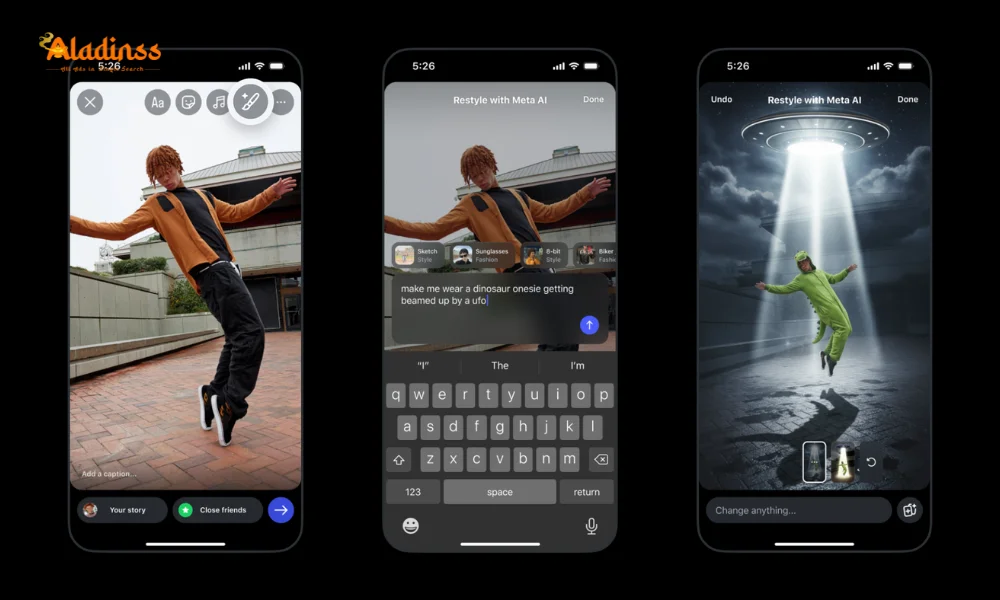YouTube Expands AI Age Estimation Tool for Safety

YouTube Rolls Out Wider AI Age Estimation to Enhance User Safety
In a significant move towards bolstering online safety, YouTube is broadening the deployment of its innovative AI age estimation tool. This advanced feature, initially introduced back in July 2025, leverages cutting-edge artificial intelligence to gauge users' ages by scrutinizing their online behaviors. For those identified as under 18, the platform imposes targeted safeguards to shield young viewers from mature content. Recent reports from online communities indicate that numerous adults have unexpectedly encountered notifications designating their profiles as minor accounts, sparking widespread discussions on privacy and accuracy.

The expansion of the YouTube age verification system comes at a time when digital platforms face increasing scrutiny over content accessibility for minors. By analyzing patterns such as search queries, video preferences, and account tenure, the custom AI model aims to create a more secure environment without relying solely on self-reported birthdates. This shift represents a proactive step in combating exposure to inappropriate material, aligning with global regulatory pushes for enhanced child protection online.
Understanding the Mechanics of YouTube's AI-Powered Age Detection
At the core of this initiative is a sophisticated machine learning algorithm designed specifically for YouTube age estimation. Unlike traditional methods that depend on users inputting their date of birth during signup, this AI-driven approach delves deeper into behavioral data. It evaluates factors like the genres of videos frequently watched, the nature of searches conducted, and even the duration of account activity to form an age profile.
For instance, if a user's history leans towards educational or family-friendly content, the system might infer a younger demographic. Conversely, engagement with more mature themes could signal adulthood. This nuanced evaluation helps in tailoring experiences, ensuring that recommendations remain suitable. However, the technology's rollout has not been without hiccups, as evidenced by recent user anecdotes on forums like Reddit.
Key Insight: The AI model processes account-level signals holistically, prioritizing privacy by not storing sensitive personal data unnecessarily.
User Experiences with Sudden Account Changes
On Wednesday, September 24, 2025, a surge of complaints surfaced across social media, with users sharing screenshots of abrupt pop-up alerts. These notifications, often titled "We've adjusted some of your settings," inform individuals that the platform's AI could not confirm their adult status, thereby applying minor account restrictions. One Reddit user, u/Basic-Opposite-4670, captured a typical message offering an age verification option to revert changes.
Such incidents highlight the double-edged nature of AI age verification on YouTube. While intended to protect vulnerable users, misclassifications can frustrate adults, potentially leading to verification hurdles. Community threads on r/YouTube have ballooned, with over 1,500 comments debating the implications of this automated crackdown on minor accounts.
- Pop-up alerts appear unexpectedly during login or browsing sessions.
- Users report no prior warning, catching many off guard.
- Verification prompts include options like ID submission or credit card entry.

Implications of Minor Account Restrictions on YouTube
Once flagged, accounts under the YouTube age estimation tool's minor designation face a suite of limitations aimed at fostering a wholesome digital space. These measures, while protective, can significantly alter the user experience for those erroneously categorized.
Access to age-restricted videos—those containing violence, explicit language, or suggestive themes—is immediately blocked. Recommendations pivot to child-appropriate suggestions, filtering out edgier content that might appeal to older audiences. Personalization of ads ceases, replaced by generic placements to avoid targeting based on inferred youth.
Additionally, digital wellbeing features activate by default, nudging users with reminders to take breaks and monitor screen time. For creators, uploads default to private mode, preventing unintended public sharing until age status is resolved. These changes underscore YouTube's commitment to safer viewing but raise questions about overreach in AI age detection.
How to Verify Age and Overturn Restrictions
YouTube acknowledges the potential for errors in its AI age verification process and provides straightforward avenues for correction. Users prompted to verify can choose from several methods: submitting a government-issued ID, providing a verification selfie, or entering credit card information to demonstrate adulthood.
Upon successful validation, restrictions lift promptly, restoring full access. However, failure to comply perpetuates the limitations, which could impact long-time users with established histories. This verification layer adds a human element to the otherwise automated system, balancing efficiency with accountability.
Pro Tip: Regularly update account details and review privacy settings to minimize misflagging risks under the YouTube AI age estimation tool.
Broader Impact on Content Creators and Advertisers
The rollout of these enhancements extends beyond individual viewers, influencing creators and advertisers reliant on YouTube's ecosystem. For content makers, the shift to private defaults on minor accounts necessitates vigilant age management, potentially disrupting upload workflows.
Advertisers, meanwhile, navigate a landscape where personalized targeting for flagged accounts is curtailed. This could refine ad strategies towards verified adult demographics, promoting more ethical marketing practices. Overall, the initiative fosters a cleaner platform, though it demands adaptation from stakeholders.
Looking ahead, as YouTube refines its AI age detection algorithms, we may see integrations with parental controls and family linking features. These evolutions promise to fortify defenses against harmful content while respecting user autonomy.

Privacy Concerns and Future of AI in Age Verification
Amid the benefits, privacy advocates voice apprehensions over the depth of data scrutiny in YouTube age verification. The aggregation of viewing habits and search patterns, even if anonymized, evokes debates on surveillance in social media.
Experts suggest that transparent auditing of the AI model could alleviate fears, ensuring biases are minimized. As regulations like the Kids Online Safety Act gain traction, platforms like YouTube must navigate compliance without compromising user trust.
In user forums, discussions pivot to alternatives like VPN usage or secondary accounts, though these skirt the spirit of the safeguards. Ultimately, the success of the YouTube AI age estimation tool hinges on iterative improvements and user feedback loops.
This expansion not only redefines access controls but also sets a precedent for AI applications in content moderation. As adoption grows, monitoring its efficacy will be crucial for maintaining platform integrity.
Further exploration reveals that similar tools are emerging across tech giants, signaling a industry-wide pivot towards intelligent guardianship. For YouTube, this positions it as a leader in responsible innovation, potentially influencing global standards for digital age gating.
Educating users on these changes remains paramount. Through in-app guides and community resources, YouTube can demystify the process, encouraging proactive engagement with verification options.
The intersection of AI and user safety continues to evolve, with YouTube's efforts exemplifying the challenges and opportunities therein. As we advance, balancing protection with freedom will define the next era of online experiences.
Recent data from tech analysts indicates a 25% uptick in safety-related queries post-rollout, underscoring public interest in YouTube age verification mechanisms. This surge aligns with broader trends in digital literacy, where informed users drive platform enhancements.
For parents, the tool offers reassurance, automating vigilance that might otherwise require constant oversight. Features like enforced wellbeing prompts empower families to cultivate healthy habits seamlessly.
Creators adapting to these norms may find new niches in age-tailored content, boosting engagement across demographics. Advertisers, too, benefit from clearer targeting guidelines, enhancing ROI on campaigns.
In essence, while initial glitches mar the launch, the long-term vision of a fortified YouTube ecosystem holds promise. Continued dialogue between users and developers will refine this pivotal feature, ensuring it serves all stakeholders equitably.
Comment / Reply From
No comments yet. Be the first to comment!







